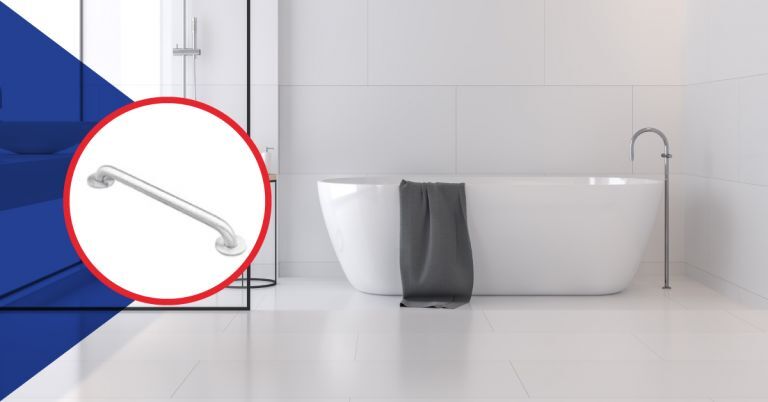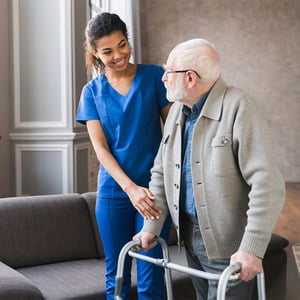How to Prevent Falls at Home
September 22, 2025

If you worry about falling at home, a few smart changes can make every day safer. Falls are common among older adults, yet many are preventable with the right habits, home setup, and equipment.
Understand your risk
About 1 in 4 adults age 65+ falls each year. Emergency departments treat roughly 3 million older adults for fall injuries annually, and in 2021 more than 38,000 older adults died from falls. Hip fractures are often involved, and the vast majority are caused by a fall.
Build daily habits that lower risk
Staying active helps you keep strength, balance, and coordination. Gentle programs like tai chi or yoga can improve stability over time.
If you live with conditions such as diabetes or arthritis, talk with your clinician about managing symptoms that can lead to dizziness or unsteadiness. Ask about a vision check and a medication review to reduce side effects that raise fall risk.
Make simple changes around your home
Small adjustments reduce hazards you may not notice day to day.
Lighting and clutter
Increase light in hallways, stairs, and bathrooms. Add nightlights on the path from bed to bathroom. Clear walkways and keep cords, loose rugs, and stacks of items out of common paths.
Safer floors and walkways
Use non-slip mats or self-stick strips in the tub and shower. Wipe up spills right away. Choose sturdy, low-pile rugs with non-slip backing.
Stairs and entries
Install secure handrails on both sides of stairs and make sure steps are well lit. At exterior doors, consider railings or a ramp so you can enter and exit without rushing or stepping over tall thresholds.
Focus on bathroom safety
Bathrooms are frequent fall sites because of slick surfaces and tight spaces. Install grab bars next to and inside the tub or shower and near the toilet. A raised toilet seat with arms can make sitting and standing easier. Avoid using towel bars or shower doors for support since they are not weight-bearing.
CDC
APA Medical can install grab bars on fiberglass, tile, wood, sheetrock, or cement, and can add handrails or ramps where needed.
Add equipment that helps at home
If mobility is limited during recovery or long term, the right tools can make daily routines safer:
- Grab bars and railings for steady support in bathrooms and along stairs.
- Raised toilet seats or toilet safety frames to reduce strain when sitting or standing.
- Home ramps for safe entry and exit when steps are a barrier.
Plan for emergencies
Have a simple plan so help is easy to reach. Keep key phone numbers posted and consider a personal emergency response pendant.
APA Medical offers Guardian Alert 911, which connects directly to 911 through your home phone line with no monthly fees, and Freedom Alert, which can call up to four family or friend numbers and/or 911. Using a device like this can shorten the time to care after a fall.
Keep essentials within easy reach
Place your phone, water, medications, tissues, and remote where you do not need to reach or climb. Reduce the number of trips by grouping items you use often. Keeping surfaces clear lowers tripping risk.
Talk with your doctor
If you feel unsteady, have had a near-fall, or recently fell, let your clinician know. Ask about balance exercises, a referral to physical therapy, and whether your medications or vision might be contributing. Many falls can be prevented with early changes.
Need help making your home feel safer?
APA Medical can install grab bars, railings, and ramps, and can set you up with personal alert systems so you feel confident at home. Call 612-722-9000 to talk through options.
Related Blogs
Ready to order?
Call 612-722-9000 to discuss options and check insurance coverage.

